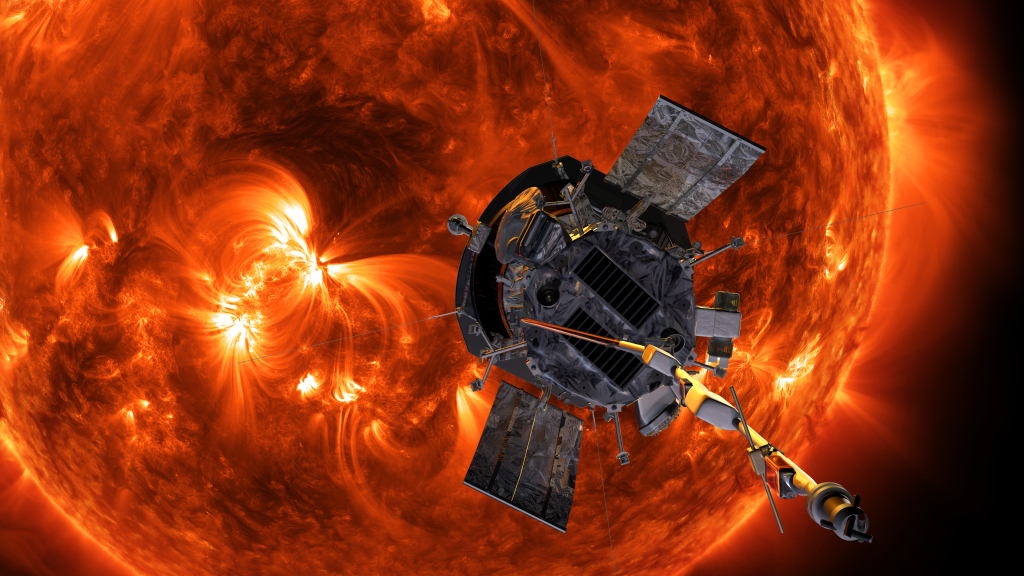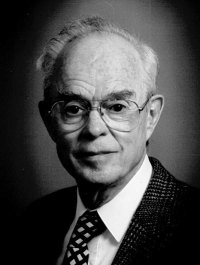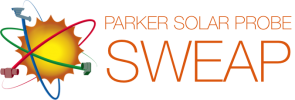The Parker Solar Probe science team convenes nine topical working group meetings on a monthly cadence. The meetings take place on the first four Tuesdays of the month. Everyone is welcome! Please contact us for information about how to join the Zoom meetings.
Archived meeting recordings can be found here (for most groups), and here (for older Radio working group meetings).
| Day of Month | 11am (Eastern) Topic | Noon (Eastern) Topic |
|---|---|---|
| 1st Tuesday | Turbulence | Dust |
| 2nd Tuesday | Switchbacks & SW Origins | Switchbacks & SW Origins |
| 3rd Tuesday | Radio | Ions |
| 4th Tuesday | Electrons & QTN | Large Scale Structures |

Artist rendition of Parker Solar Probe approaching the Sun.
Credit: NASA/Johns Hopkins APL/Steve Gribben
Parker Solar Probe is a NASA mission designed to plunge directly into the atmosphere of the Sun for the first time in history. Reaching 4 million miles from the surface of the Sun, the spacecraft will enter a completely unexplored region of space. At these distances, the Sun will be over 500 times brighter than it appears at Earth and particle radiation from solar activity will be harsh. Collecting data from this treacherous zone will provide breakthrough insights into the mechanics of our Sun.
In May 2017, the spacecraft was renamed Parker Solar Probe in honor of astrophysicist Eugene Parker, coiner of the term solar wind. In the mid-1950s, Parker proposed a number of concepts about how stars — including our Sun — give off energy, calling this cascade of energy the solar wind.

He described an entire complex system of plasmas, magnetic fields, and energetic particles that make up this phenomenon. Parker also theorized an explanation for the superheated solar corona, which is — contrary to what was expected by then-known laws of physics — hotter than the surface of the Sun itself. Several theories aimed at solving this “coronal heating problem” have been proposed in the intervening decades, but had not been able to be directly tested before now.
More than half a century later, the Parker Solar Probe mission will finally be able to provide key observations on Parker’s groundbreaking theories and ideas, which have informed a generation of scientists about solar physics and the magnetic fields around stars. Much of his pioneering work, which has been proven by subsequent spacecrafts, defined a great deal of what we know about the how the Sun–Earth system interacts.
Goals of PSP
PSP directly observes the processes and dynamics that characterize the Sun’s corona and outwardly expanding solar wind and energetic particles. The primary science goals of the Parker Solar Probe mission are to: (1) determine the structure and dynamics of the Sun’s coronal magnetic field, (2) understand how the solar corona and wind are heated and accelerated, and (3) determine what mechanisms accelerate and transport energetic particles. Specifically, these objectives are:
- Follow the flow of energy from the solar corona into the accelerating solar wind
- Measure the energy of the solar wind and corona as a function of distance
- Determine which processes are responsible for heating the outer corona and the solar wind
- Understand the important of plasma instabilities and collisions
- Determine the importance of magnetic fields in shaping the final nature of the solar wind
- Connect the large structure in the solar wind to their solar sources
- Understand how slow solar wind is accelerated
- Understand the variable magnetic connection between the corona and the solar wind
- Discover the smallest coronal structures embedded in the solar wind
- Explore mechanisms that accelerate and transport energetic particles
- Understand particle acceleration by CMEs and interplanetary shocks
- Understand the acceleration and transport of particles from solar flares into the solar wind
- Determine if stochastic in-situ acceleration and energetic particle transport is significant
